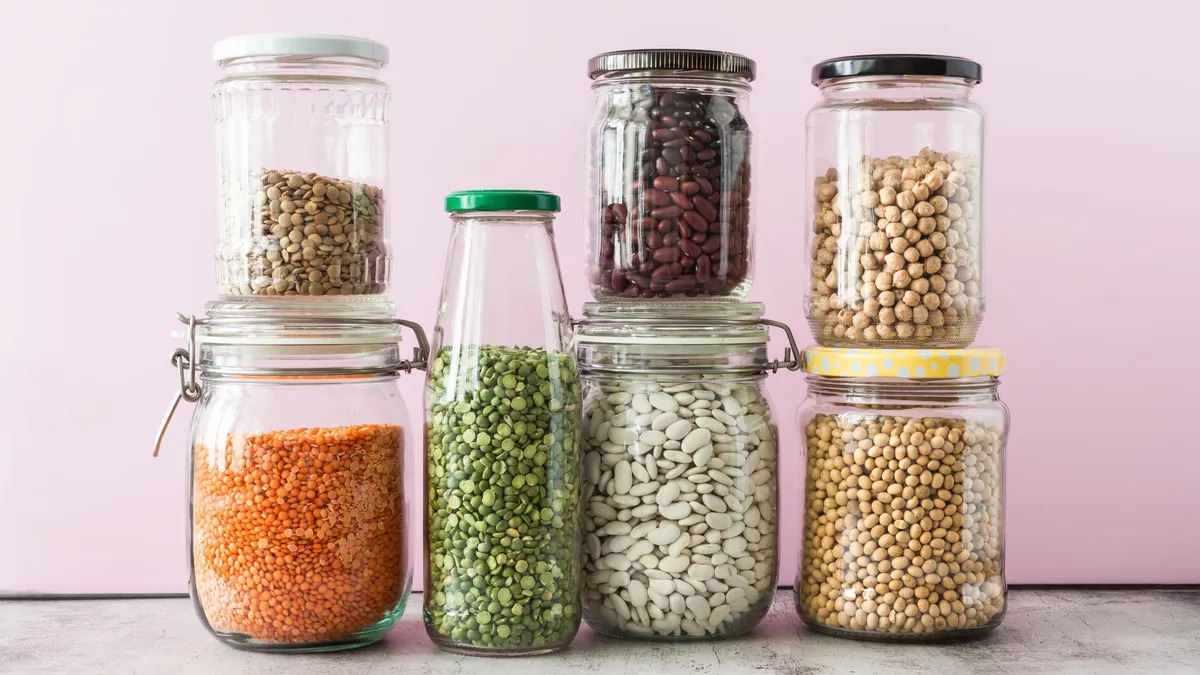

Articles
How To Store Seeds For Planting
Modified: January 24, 2024
Learn the best methods for storing seeds for planting in this comprehensive guide. Discover the importance of proper seed storage and maximize your gardening success.
(Many of the links in this article redirect to a specific reviewed product. Your purchase of these products through affiliate links helps to generate commission for Storables.com, at no extra cost. Learn more)
Introduction
Welcome to the world of gardening! Whether you’re a seasoned green thumb or just starting your gardening journey, one essential aspect to ensure successful plant growth is using quality seeds. Seeds are truly the building blocks of any garden, and their proper storage plays a crucial role in maintaining their viability for future planting.
Why is seed storage important, you might wonder? Well, the viability of seeds, or their ability to germinate and grow into healthy plants, depends on a multitude of factors. These factors can determine whether your seeds will produce robust plants or yield disappointing results.
In this article, we’ll explore the art of seed storage and how to optimize the conditions for maintaining the viability of your precious seeds. We’ll delve into the factors that affect seed viability, discuss suitable containers for seed storage, and guide you through the necessary steps to prepare and store your seeds for optimal results.
So, sit back, grab your gardening gloves, and let’s explore the fascinating world of seed storage.
Key Takeaways:
- Preserve seed viability by storing them in suitable containers, maintaining ideal environmental conditions, and regularly monitoring their germination rates. This ensures a continuous cycle of growth and self-sufficiency for gardeners.
- Proper seed storage not only saves money and reduces dependency on external sources but also offers the opportunity to preserve genetic diversity and take part in seed sharing and exchange communities. It’s a rewarding practice that fosters a sense of community among gardeners.
Read more: How To Store Seed Potatoes Until Planting
Importance of Proper Seed Storage
Proper seed storage is essential for ensuring the longevity and viability of seeds over extended periods of time. Whether you have leftover seeds from your last planting season or you want to save seeds for future use, understanding the importance of proper seed storage is crucial.
One of the main reasons for storing seeds correctly is to preserve their viability. Seeds are living organisms, albeit in a dormant state, and they have a limited shelf life. Improper storage conditions, such as exposure to excessive moisture, extreme temperatures, or fluctuations in humidity levels, can greatly reduce the germination rate of seeds or even render them completely non-viable.
In addition to preserving seed viability, proper seed storage also allows you to maintain genetic diversity in your garden. By saving and storing seeds from your own plants, you can preserve unique traits, adaptability to specific growing conditions, and even heirloom varieties that may not be readily available in commercial seed catalogs.
Furthermore, proper seed storage can save you money in the long run. Instead of having to purchase new seeds every year, you can rely on properly stored seeds that maintain their viability. This not only helps you maintain a continuous cycle of growth but also allows you to develop your own seed bank over time. This self-sufficiency can be incredibly rewarding for both small-scale and large-scale gardeners, as it reduces the dependency on external seed sources.
Additionally, proper seed storage minimizes the risk of seed-borne diseases or pest infestations. By storing seeds in a clean, dry, and pest-free environment, you can prevent the transmission of diseases from one planting season to the next. This is particularly important for organic gardeners who prioritize sustainable practices and seek to avoid the use of chemical treatments.
Lastly, proper seed storage opens up opportunities for seed sharing and exchange. By storing your own seeds and keeping them organized, you can participate in seed swaps with other gardeners, contribute to seed libraries, or even start your own seed-saving community. This not only fosters a sense of community among gardeners but also creates a network for preserving and sharing unique plant varieties.
Now that we understand the importance of proper seed storage, let’s explore the factors that can affect seed viability and how to mitigate them.
Factors Affecting Seed Viability
Several factors can influence the viability of seeds, and understanding them is crucial for proper seed storage. By being aware of these factors, you can take the necessary precautions to preserve the integrity of your seeds and maximize their germination potential. Let’s explore these factors in detail:
- Moisture: Excess moisture can lead to seed deterioration, fungal growth, and mold formation. High humidity levels can cause seeds to rot or germinate prematurely, while low humidity can lead to desiccation and loss of viability. It is essential to store seeds in a dry environment with controlled humidity to prevent damage.
- Temperature: Temperature fluctuations can have a significant impact on seed viability. Extreme heat can cause seeds to lose moisture rapidly, leading to dehydration and death. Freezing temperatures can damage the seed’s internal structure, rendering them non-viable. Storing seeds in a cool and consistent temperature helps maintain their integrity.
- Light: Most seeds are light-sensitive and require darkness for long-term storage. Exposure to light can negatively affect seed germination and lead to premature aging. Storing seeds in opaque containers or in a dark environment protects them from light damage.
- Air circulation: Proper air circulation is important to prevent the buildup of condensation and mold growth. While seeds need fresh air, excessive airflow can also contribute to seed drying. Finding the right balance is essential for optimal seed storage.
- Seed maturity: Harvesting seeds when they are fully mature increases their chances of successful storage. Premature seeds may not have developed enough nutrients and protective coatings to survive long-term storage. It’s best to wait until seeds have reached their full potential before harvesting and storing them.
- Seed cleanliness: Removing debris, chaff, and any potential contaminants from seeds before storage is crucial. Insects, plant matter, or other impurities can harbor moisture and pests, leading to seed damage and reduced viability. Thoroughly cleaning seeds prior to storage helps maintain their quality.
By considering these factors and providing the ideal storage conditions, you can significantly increase the viability and longevity of your seeds. In the next section, we’ll explore the different containers suitable for seed storage and how to prepare your seeds for optimal storage conditions.
Choosing the Right Container for Seed Storage
When it comes to seed storage, choosing the right container is essential for maintaining the viability and longevity of your seeds. The ideal container will provide protection from moisture, pests, and light, while allowing for proper air circulation. Here are a few options to consider:
- Sealable Plastic Bags: Plastic bags with zip-lock seals are a popular choice for seed storage. They provide airtight and moisture-resistant protection for seeds. Opt for high-quality, food-grade bags to ensure they do not release any harmful chemicals that could affect seed viability.
- Glass Jars: Glass jars with tight-fitting lids are another excellent option for seed storage. They are transparent, which allows you to easily identify the contents, and they provide good protection against moisture, pests, and light. Make sure to choose jars with airtight seals to maintain optimal storage conditions.
- Envelopes or Paper Bags: Envelopes or paper bags made from breathable materials, such as brown paper or unbleached cotton, can be suitable for storing seeds. These containers allow for proper air circulation, which can help prevent moisture buildup. However, they may not offer as much protection from light and pests as plastic or glass containers.
- Seed Storage Boxes or Tins: Specialized seed storage boxes or tins designed specifically for seed storage are available on the market. These containers often come with dividers, allowing you to organize your seeds by type or planting season. They provide adequate protection against light and pests and can help keep seeds organized and accessible.
Regardless of the container you choose, consider the size and shape of the container based on the quantity of seeds you plan to store. It’s best to avoid overcrowding the container to ensure proper airflow and minimize the risk of moisture buildup.
Before storing seeds in any container, ensure that it is clean, dry, and free from any contaminants. Wash glass jars thoroughly, and make sure plastic bags or envelopes are free from any traces of moisture or previous contents.
Labeling is also important when it comes to seed storage. Clearly label each container with the type of seed, the date of collection or purchase, and any other relevant information. This will help you keep track of the seeds and their viability over time.
Now that we have covered the importance of choosing the right container, let’s move on to the next section, which focuses on preparing seeds for storage.
Preparing Seeds for Storage
Before storing seeds, it’s important to properly prepare them to increase their chances of long-term viability. By following a few simple steps, you can ensure that your seeds are in optimal condition for storage. Here’s how to prepare seeds for storage:
- Harvesting: Harvest seeds when they are fully mature and dry. Seeds that are not fully developed may not have the necessary nutrients or protective coatings to survive storage. Handle seeds carefully to avoid damage or breakage.
- Cleaning: Remove any debris, chaff, or plant matter from the seeds. Use a fine sieve or mesh screen to separate the seeds from larger particles. Be gentle to avoid damaging the delicate seed coat.
- Drying: Allow the cleaned seeds to dry completely before storage. Spread them out on a clean, dry surface in a single layer. Avoid drying seeds in direct sunlight, as it can cause excessive heat and may damage their viability. Stir or turn the seeds occasionally to ensure even drying.
- Testing for viability: If you’re unsure about the viability of your seeds, you can perform a simple germination test before storage. Place a few seeds on a moist paper towel or in a small container with moist soil. Keep them in a warm location and monitor their germination rate. This will give you an indication of the seed’s viability and help you make informed decisions for storage.
- Seed treatment (optional): Some gardeners choose to treat their seeds before storage to help protect them from fungal or bacterial infections. This can be done through various methods, such as hot water treatment, cold stratification, or seed coating. Be sure to research and follow specific instructions for each seed type.
Once your seeds have been properly prepared, it’s time to store them in suitable conditions. Let’s explore the different environmental conditions for seed storage in the next section.
Store seeds in a cool, dry place to maintain their viability. Airtight containers, such as glass jars or resealable bags, can help protect seeds from moisture and pests. Label containers with the seed type and date of collection for easy organization.
Read more: How To Plant Seed
Storing Seeds in Different Environmental Conditions
Properly storing seeds in the right environmental conditions is crucial for maintaining their viability over time. Different types of seeds have varying storage requirements, and understanding these requirements is essential for successful seed storage. Here are some guidelines for storing seeds in different environmental conditions:
- Cool and Dry Storage: Most seeds prefer cool and dry conditions for storage. The ideal temperature range for seed storage is typically between 32°F (0°C) and 50°F (10°C). You can achieve this by storing seeds in a cool basement, cellar, or a refrigerator, depending on the storage capacity and availability. It’s important to keep the humidity levels low to prevent moisture damage. You can include a desiccant, such as silica gel or powdered milk, in the storage container to help absorb any excess moisture.
- Freezer Storage: Some seeds, especially those of perennials, may benefit from long-term freezer storage. The low temperatures help inhibit seed deterioration and maintain their viability. However, not all seeds can tolerate freezing temperatures, so it’s important to research the specific requirements for each seed type. Before placing seeds in the freezer, make sure they are thoroughly dried and stored in airtight containers to prevent moisture ingress.
- Ambient Room Temperature Storage: If you don’t have access to a cool storage location, storing seeds at room temperature is still an option. However, be mindful of the temperature fluctuations that can occur, especially during warmer months. Choose a cool and dark spot away from direct sunlight, radiators, or other sources of heat. Monitor the humidity levels and ensure proper ventilation to minimize the risk of moisture buildup.
- Refrigerator Storage: Refrigerators can provide suitable conditions for short-term seed storage, especially for seeds that require stratification. Place seeds in airtight containers or sealed plastic bags before placing them in the refrigerator. Keep them away from fruits and vegetables, as the released ethylene gas can affect seed viability.
Remember to check on your stored seeds periodically. Monitor the temperature, humidity levels, and inspect for any signs of mold, pests, or deterioration. Regularly check the labels on your containers and remove any seeds that have expired or show signs of poor viability.
Now that we’ve covered different environmental storage conditions, let’s explore long-term seed storage options in the next section.
Long-Term Seed Storage Options
For gardeners who want to preserve seeds for prolonged periods, long-term seed storage options provide the ideal solution. These methods are designed to maintain the integrity and viability of seeds for several years, allowing you to build a seed collection that spans generations. Here are some long-term seed storage options to consider:
- Vacuum Sealing: Vacuum sealing is a popular method for long-term seed storage as it removes air and moisture from the storage container. This helps to prevent deterioration caused by oxidation and moisture damage. Use a vacuum sealer machine or vacuum storage bags specifically designed for seed storage. Remember to label the bags with the seed type and date of storage for easy identification.
- Seed Saving Envelopes: Seed saving envelopes, made of acid-free or archival-quality paper, provide a safe and organized option for long-term seed storage. These envelopes are typically larger in size and have enough space for labels and written notes about the seeds. Place the envelopes inside airtight containers or metal tins for additional protection against light and pests.
- Seed Banks: Seed banks are specialized facilities that store seeds under controlled conditions to preserve genetic diversity. These institutions often have advanced seed storage technology, including freezing or cryopreservation, to extend the viability of seeds for many years. Some seed banks also operate on a community level, where gardeners can contribute and access seeds from a shared seed bank.
- Silica Gel Packs: Silica gel packs can help control humidity levels and prevent moisture buildup in seed storage containers. These packs are available in various sizes and can be placed inside airtight containers to absorb excess moisture. When using silica gel packs, ensure they are labeled as food-safe or suitable for seed storage.
- Re-sealable Mylar Bags: Mylar bags are a durable and moisture-resistant option for long-term seed storage. These bags are often used in combination with oxygen absorbers to create an oxygen-free environment, which helps to prolong seed viability. Use bags that have a re-sealable zip-lock closure for easy access and ongoing protection.
Regardless of the method you choose, suitable environmental conditions, such as low temperature and humidity, are still important for long-term seed storage. Regularly check the stored seeds and replace any containers that show signs of damage or loss of seal integrity.
Now that we’ve explored long-term seed storage options, let’s move on to the important topic of monitoring seed viability.
Monitoring Seed Viability
Monitoring the viability of stored seeds is crucial to ensure that they remain viable and ready for successful germination when you’re ready to plant. Over time, seed viability can naturally decline, and monitoring helps you identify seeds that may no longer be viable. Here are some methods for monitoring seed viability:
- Germination Tests: Performing germination tests is an effective way to assess the viability of stored seeds. Take a sample of seeds from your storage and provide them with optimal germination conditions: proper moisture, temperature, and light. Observe and record the germination rate to determine the viability of the stored seeds. If the germination rate is low, it may be time to replace those seeds with fresh ones.
- Seed Vigor Testing: Seed vigor testing measures the overall quality and vigor of seeds, not just their germination rate. These tests evaluate factors such as seedling vigor, root development, and overall health. While more advanced and typically conducted in laboratory settings, seed vigor testing can provide a more comprehensive evaluation of seed viability and potential success in the field.
- Record-Keeping: Maintaining detailed records of your seed storage is essential for monitoring viability. Keep track of the seed type, date of storage, and any observations or germination test results. This allows you to track the longevity of different seed varieties and make informed decisions on when to replace or replenish your seed stock.
- Seed Viability Charts: Seed viability charts provide general guidelines on the expected longevity of different types of seeds under proper storage conditions. These charts can give you a rough estimate of how long your seeds are likely to remain viable. However, remember that viability can vary based on specific seed lots and storage conditions, so regular germination tests are still recommended.
By regularly monitoring the viability of your stored seeds, you can ensure that you have a reliable and successful seed stock for your future plantings. This also allows you to plan ahead and acquire fresh seeds when needed.
Now that we’ve discussed monitoring seed viability, let’s explore some tips for successful seed storage in the next section.
Tips for Successful Seed Storage
Proper seed storage is crucial for maintaining seed viability and maximizing germination rates. To ensure successful seed storage, here are some tips to keep in mind:
- Choose high-quality seeds: Start with high-quality seeds from reputable sources. Healthy, viable seeds have a better chance of successful storage and germination.
- Properly dry seeds: Thoroughly dry seeds before storage to prevent moisture buildup and the growth of mold or fungus. Use proper drying techniques and allow seeds to reach their optimal moisture content.
- Use appropriate seed containers: Select appropriate containers that provide protection from moisture, pests, and light. Ensure containers are clean, dry, and airtight to maintain optimal storage conditions.
- Label and organize: Clearly label each seed container with the seed type and date of storage. Keep an organized record of your seed storage system to easily track seed viability over time.
- Maintain suitable environmental conditions: Store seeds in a cool, dry place with stable temperature and humidity levels. Avoid exposure to extreme temperatures and fluctuations.
- Regularly monitor seed viability: Conduct regular germination tests or seed vigor tests to monitor the viability of stored seeds. Replace seeds that show low germination rates or signs of deterioration.
- Rotate seed stock: Use older seeds before newer ones to maintain a fresh and viable seed collection. Rotate your seed stock to ensure that you are using the oldest seeds first.
- Store in multiple locations: Consider storing a backup batch of seeds in a separate location or using multiple containers to minimize the risk of complete loss due to accidents or environmental damage.
- Keep pests away: Protect your seeds from pests by ensuring containers are securely sealed. Consider using herbal or natural repellents, such as lavender or cedar, to deter pests from the storage area.
- Share and exchange seeds: Participate in seed swaps or share your saved seeds with fellow gardeners. This not only fosters community but also helps ensure that seeds are continuously grown and preserved.
By following these tips, you can increase the chances of successfully storing seeds for long-term viability, ensuring a fruitful and thriving garden for years to come.
With these guidelines in mind, you’re now equipped to embark on your seed storage journey. Remember, proper storage conditions and regular monitoring are key to maintaining seed viability. Happy gardening!
Read more: How To Germinate A Plant
Conclusion
Proper seed storage is a critical component of successful gardening. By understanding the importance of seed storage and implementing the right techniques, you can preserve the viability of your seeds and ensure successful germination when you’re ready to plant.
Throughout this article, we have explored the factors that affect seed viability, the importance of choosing the right containers for storage, and the necessary steps to prepare seeds for optimal storage conditions. We have also discussed various environmental conditions for seed storage, including cool and dry storage, freezer storage, ambient room temperature storage, and refrigerator storage.
We further discussed long-term seed storage options such as vacuum sealing, seed saving envelopes, seed banks, silica gel packs, and re-sealable Mylar bags. These methods provide additional protection and help prolong the viability of stored seeds.
Monitoring seed viability through germination tests, seed vigor testing, record-keeping, and seed viability charts is crucial for maintaining a healthy seed stock. Regularly assessing the viability of stored seeds allows you to make informed decisions regarding their usage and helps in planning for the future.
In addition, we provided helpful tips for successful seed storage, including choosing high-quality seeds, properly drying seeds, using suitable containers, organizing and labeling, maintaining suitable environmental conditions, and regularly monitoring seed viability. By following these tips and best practices, you can maximize the longevity and viability of your seed collection.
Remember, successful seed storage not only saves money and reduces dependency on external sources but also offers the opportunity to preserve genetic diversity and take part in seed sharing and exchange communities.
As you embark on your seed storage journey, keep in mind the importance of patience, organization, and attentiveness to the needs of your seeds. With proper care and storage, you can ensure that the seeds you save today will become the thriving plants of tomorrow.
Happy gardening and happy seed saving!
Frequently Asked Questions about How To Store Seeds For Planting
Was this page helpful?
At Storables.com, we guarantee accurate and reliable information. Our content, validated by Expert Board Contributors, is crafted following stringent Editorial Policies. We're committed to providing you with well-researched, expert-backed insights for all your informational needs.
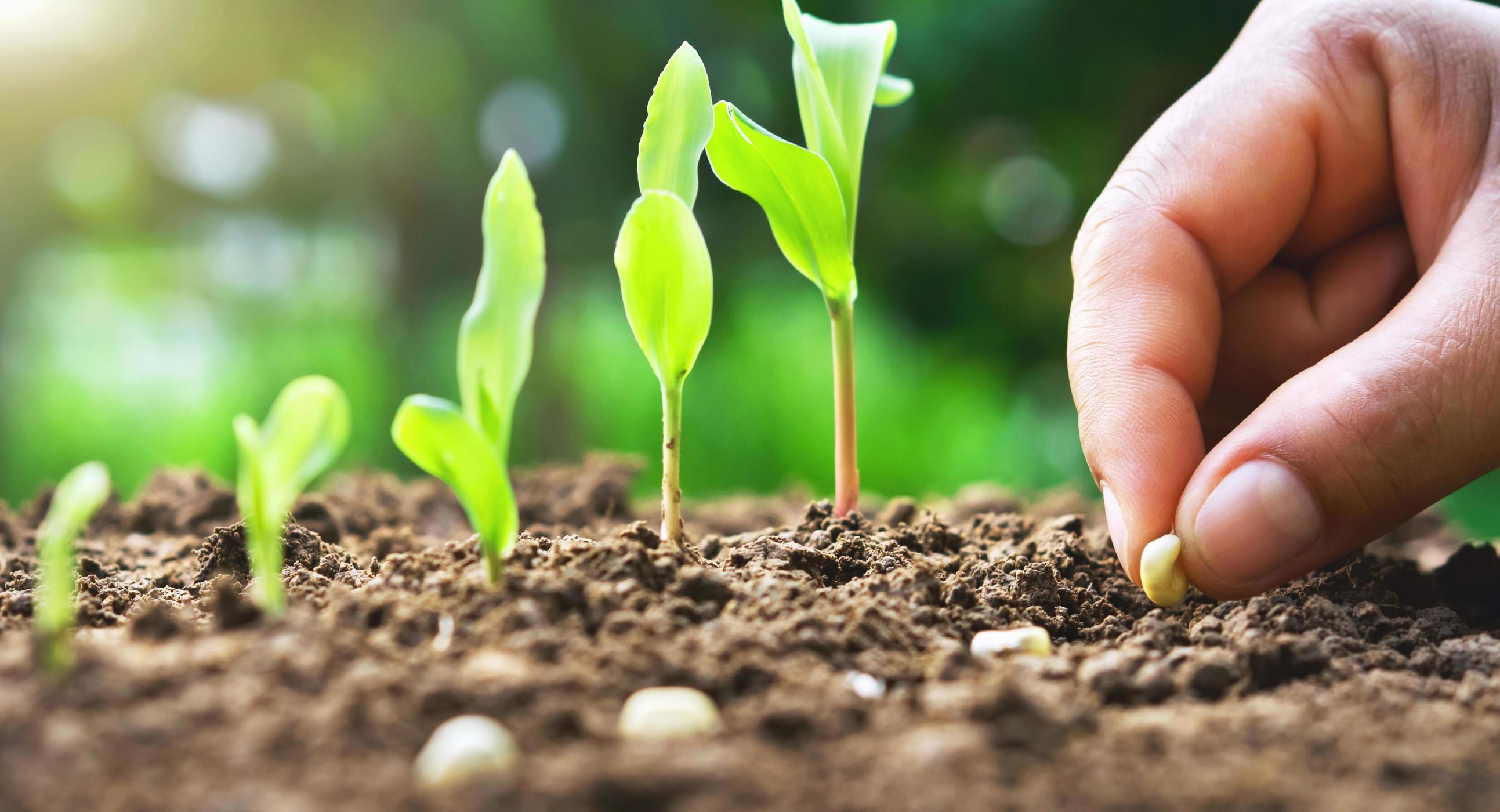
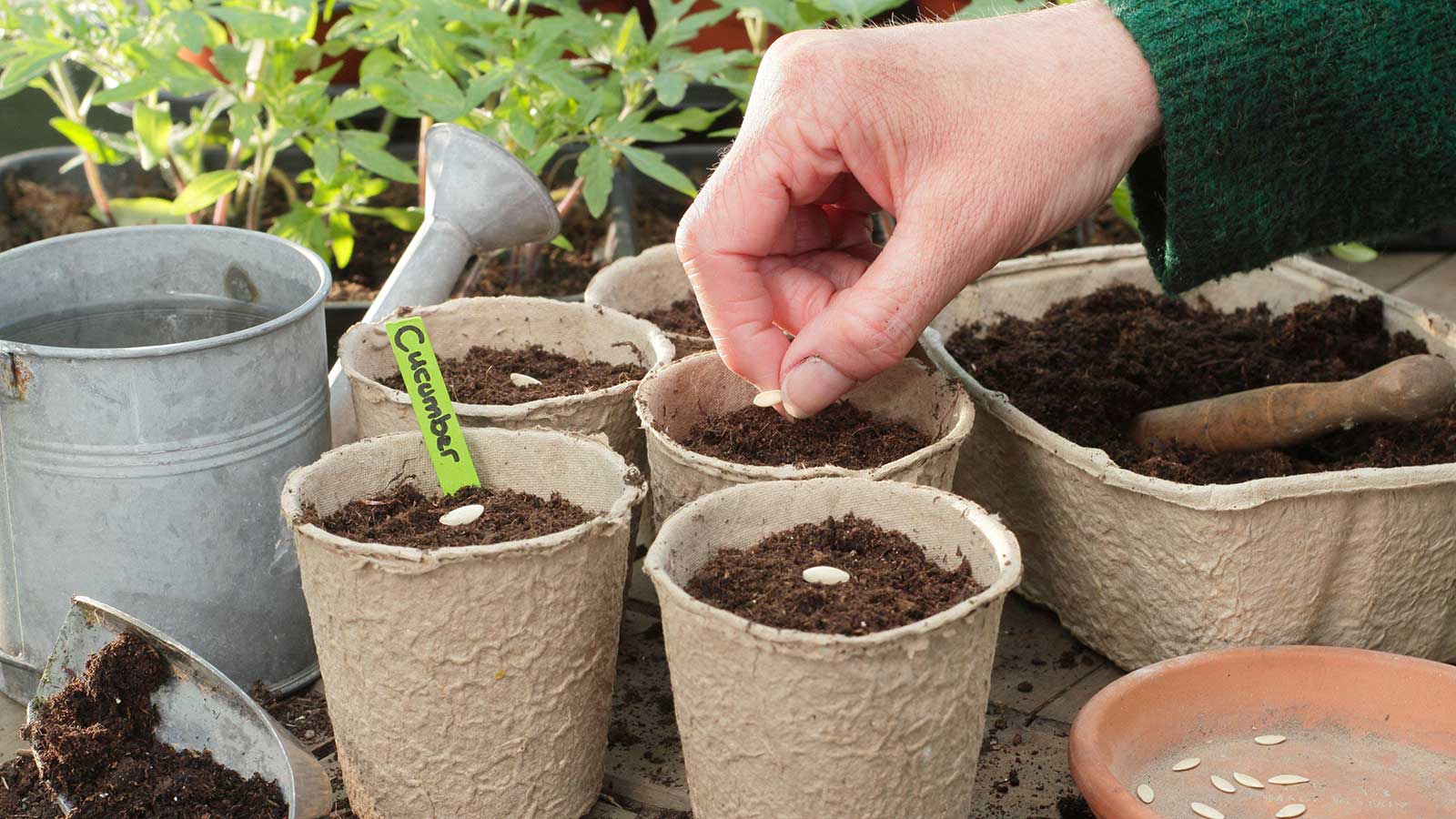
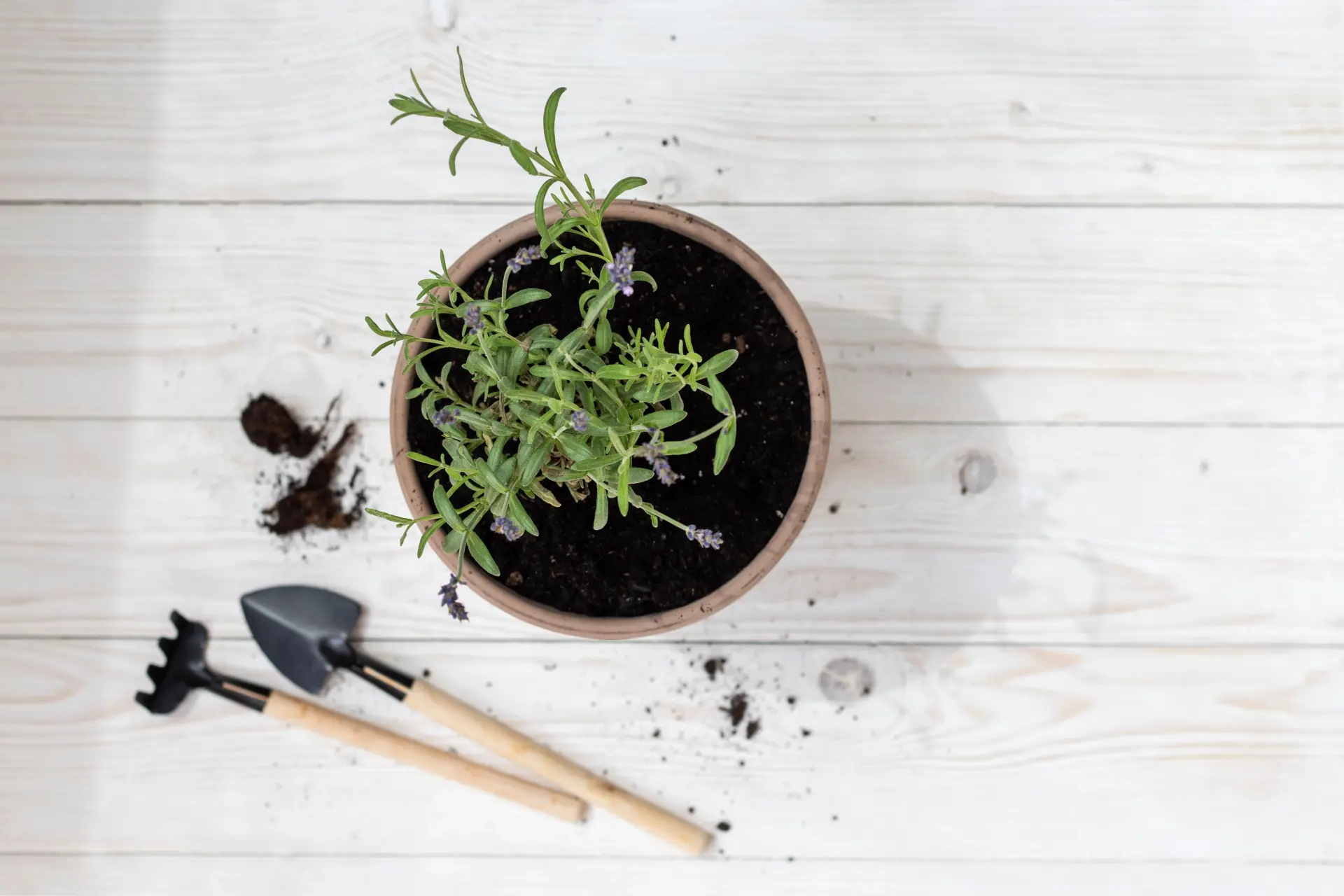
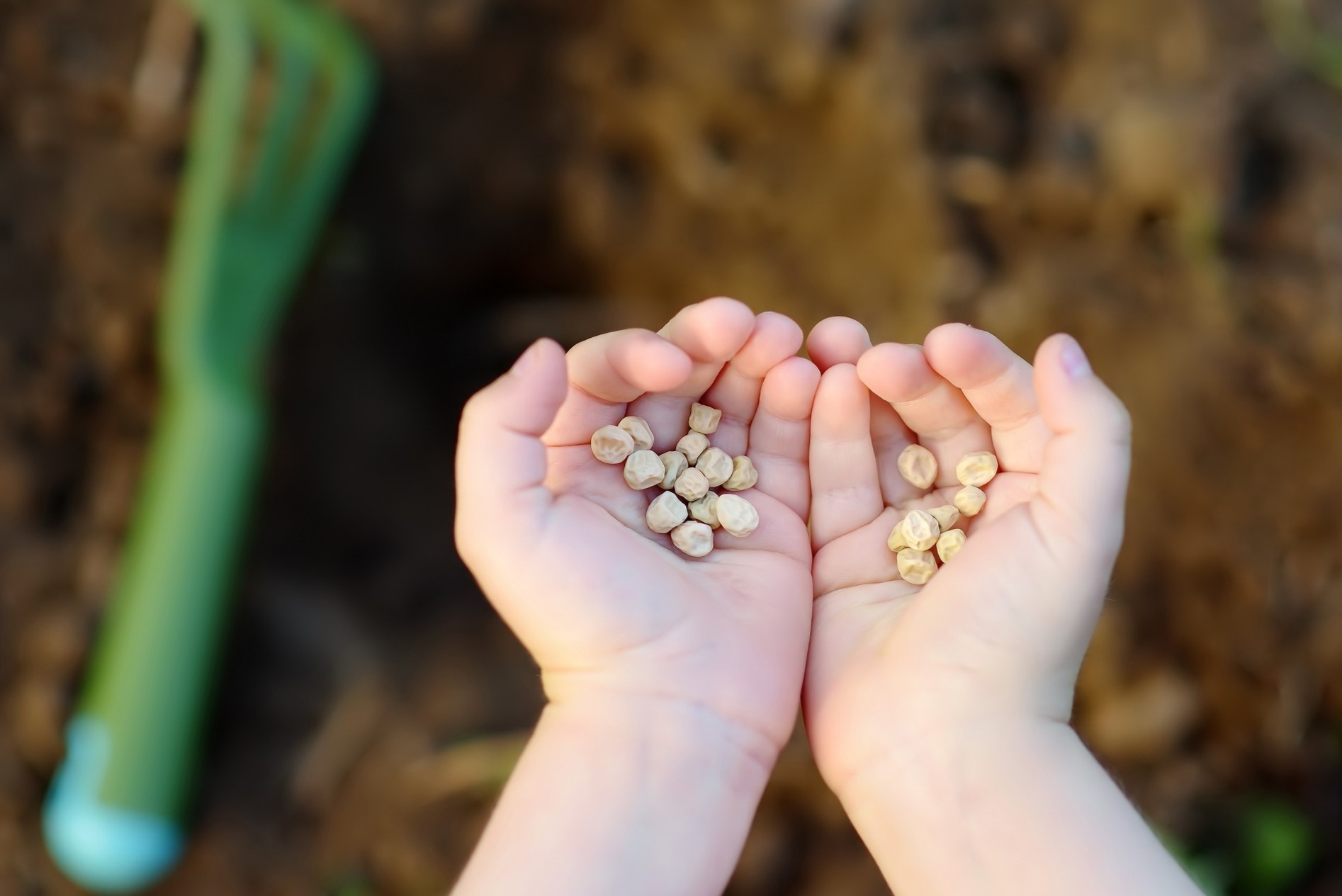
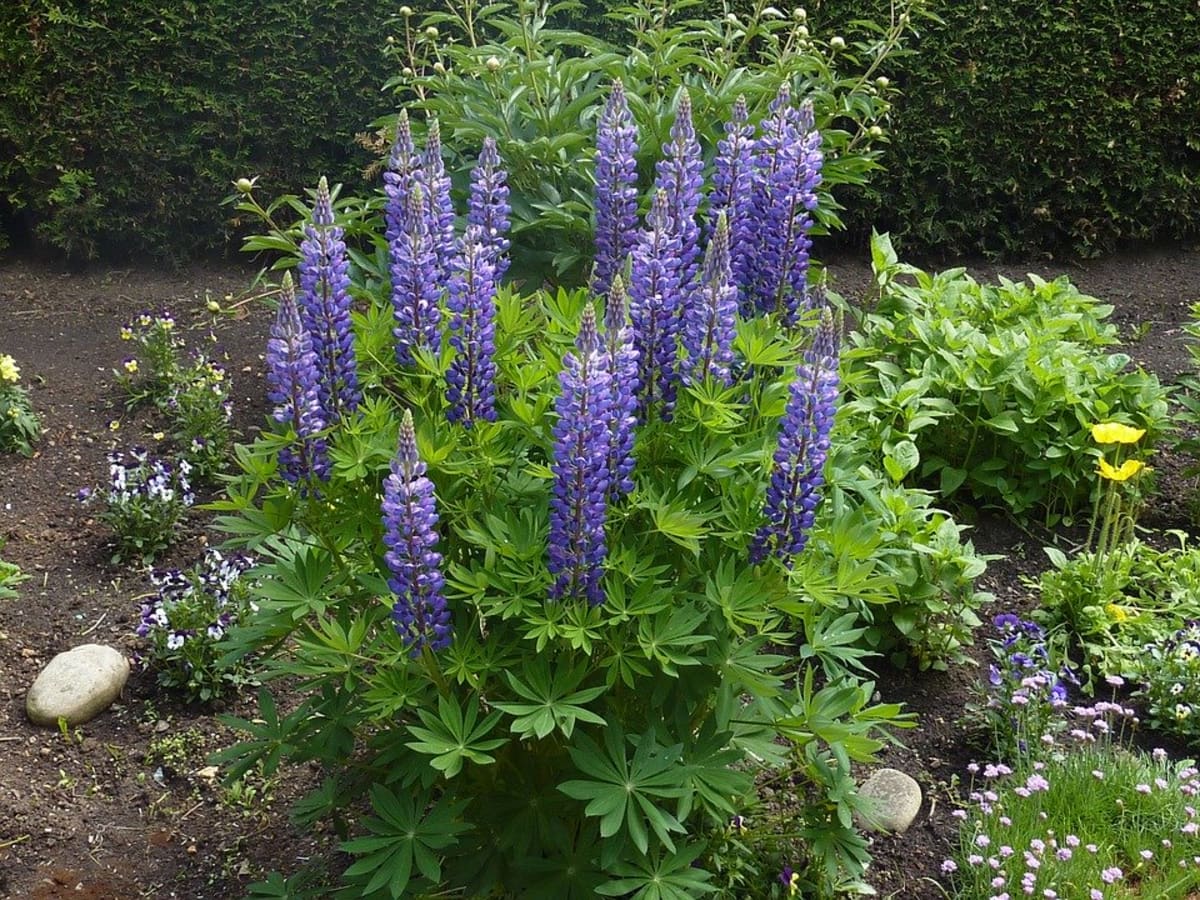
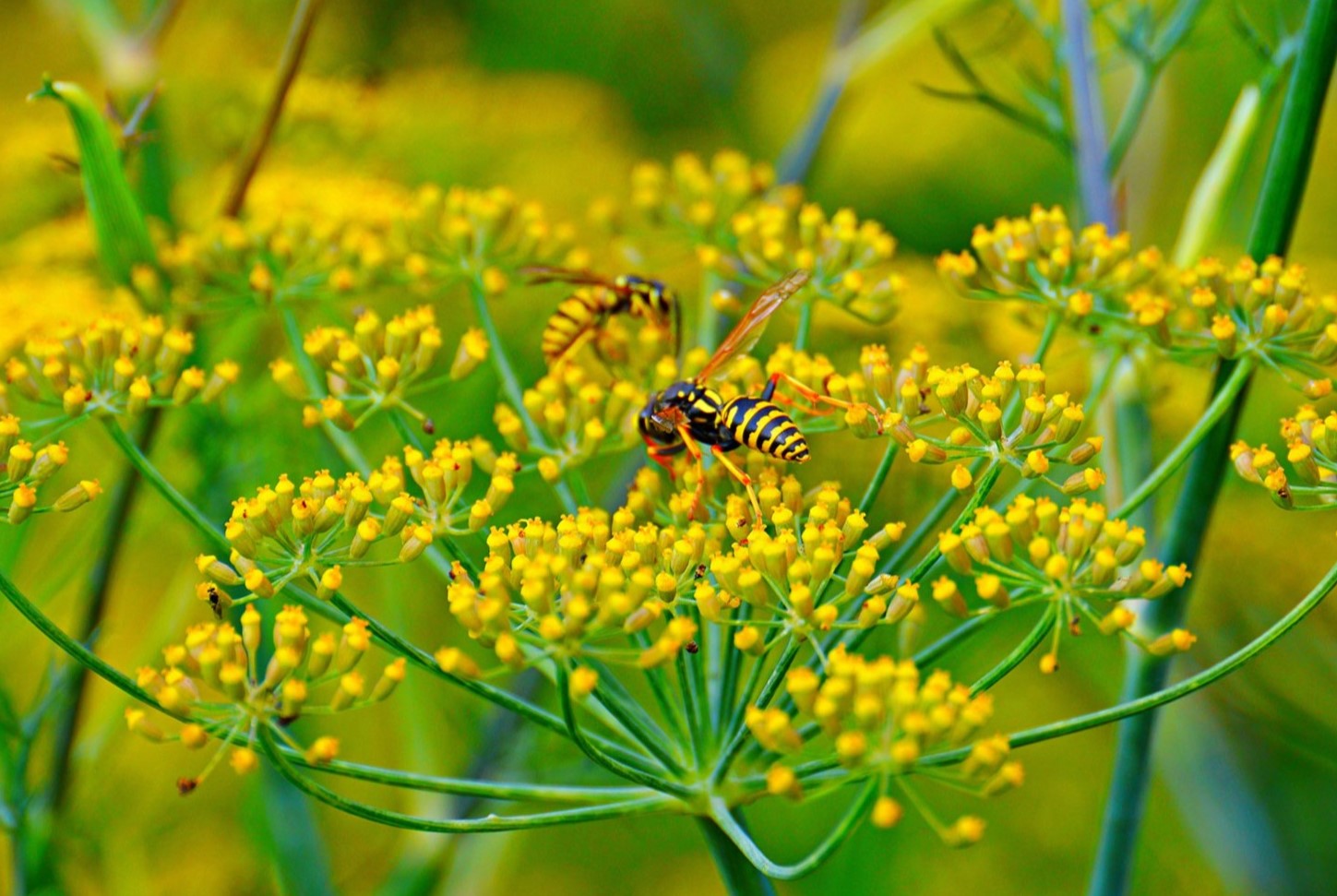
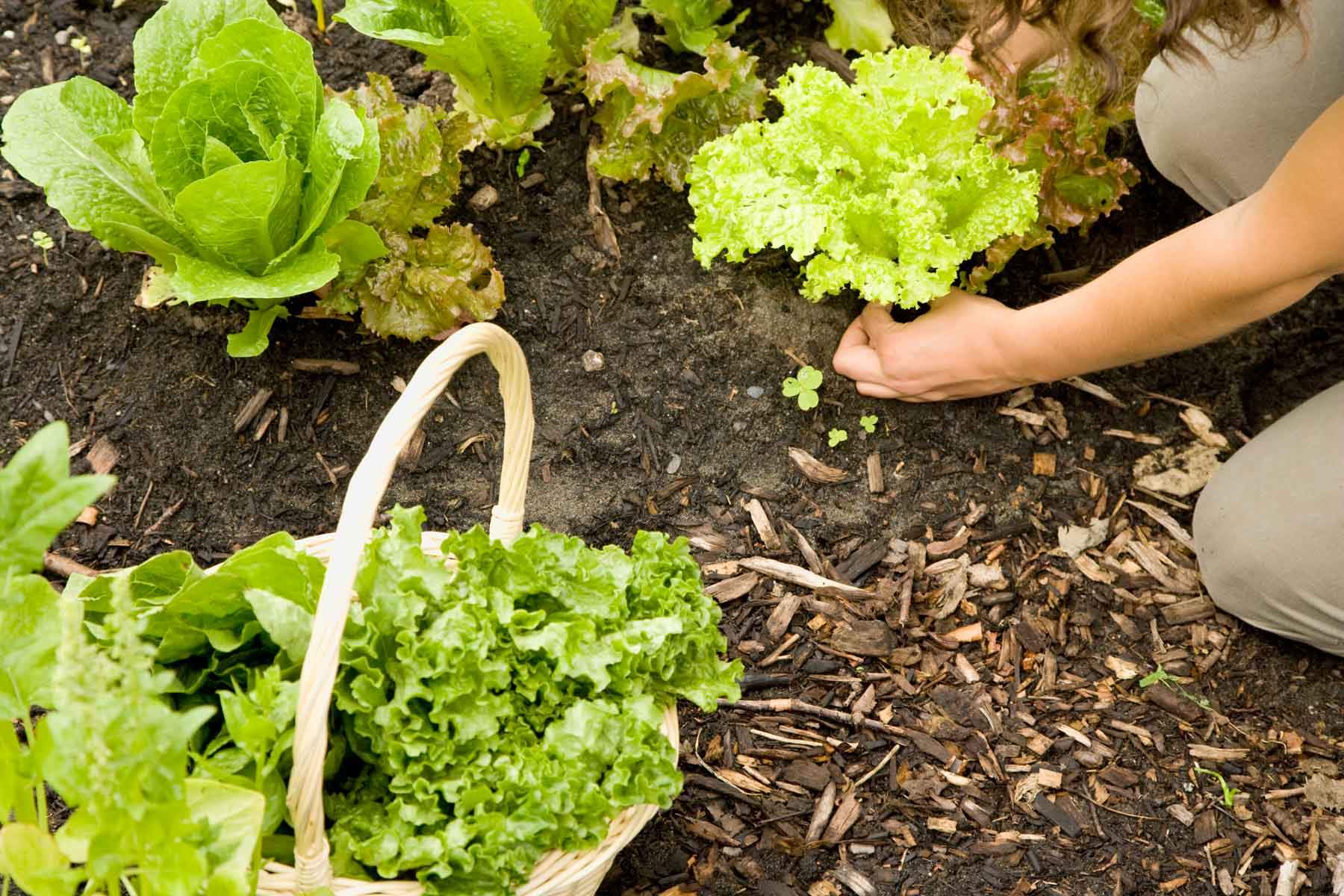
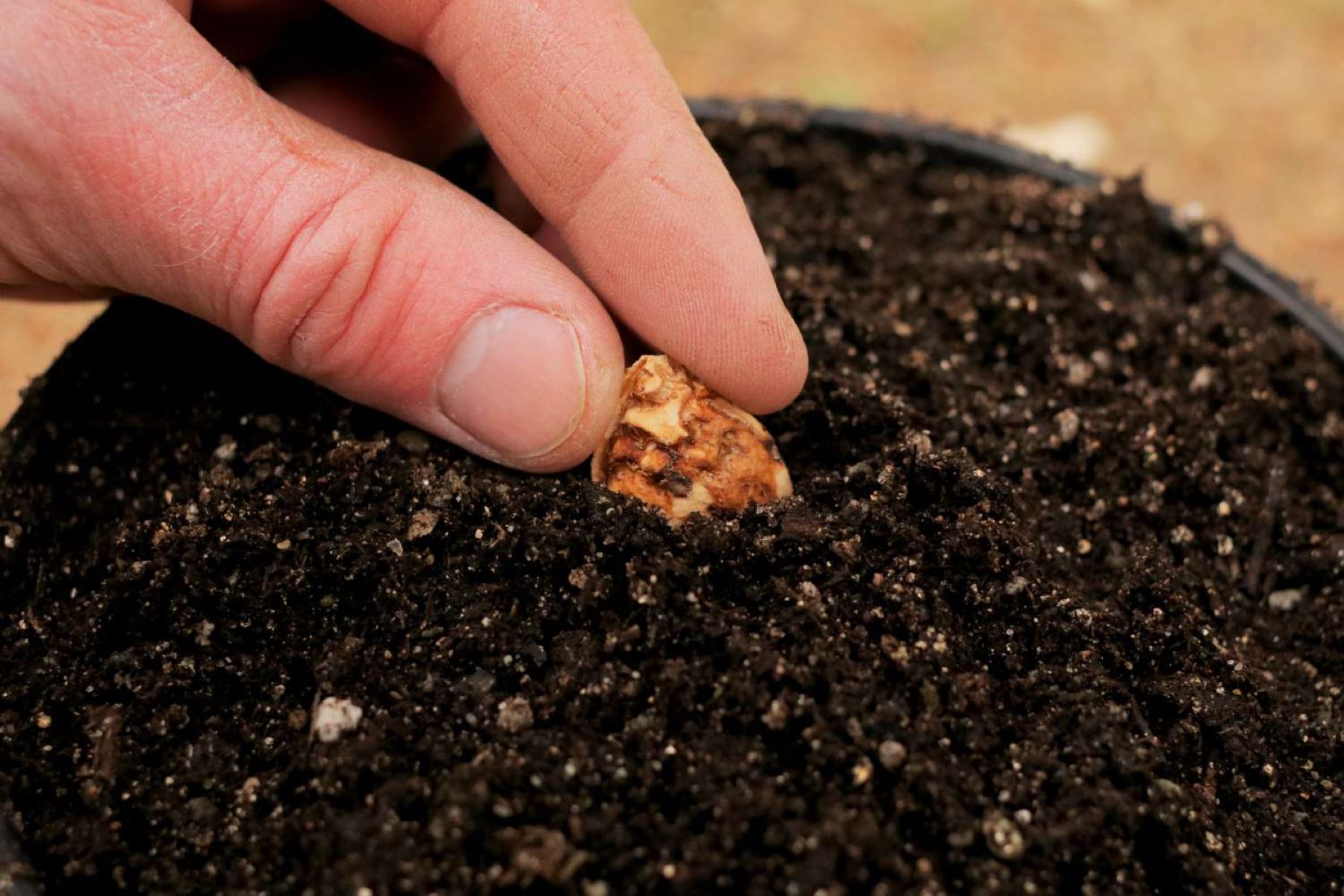
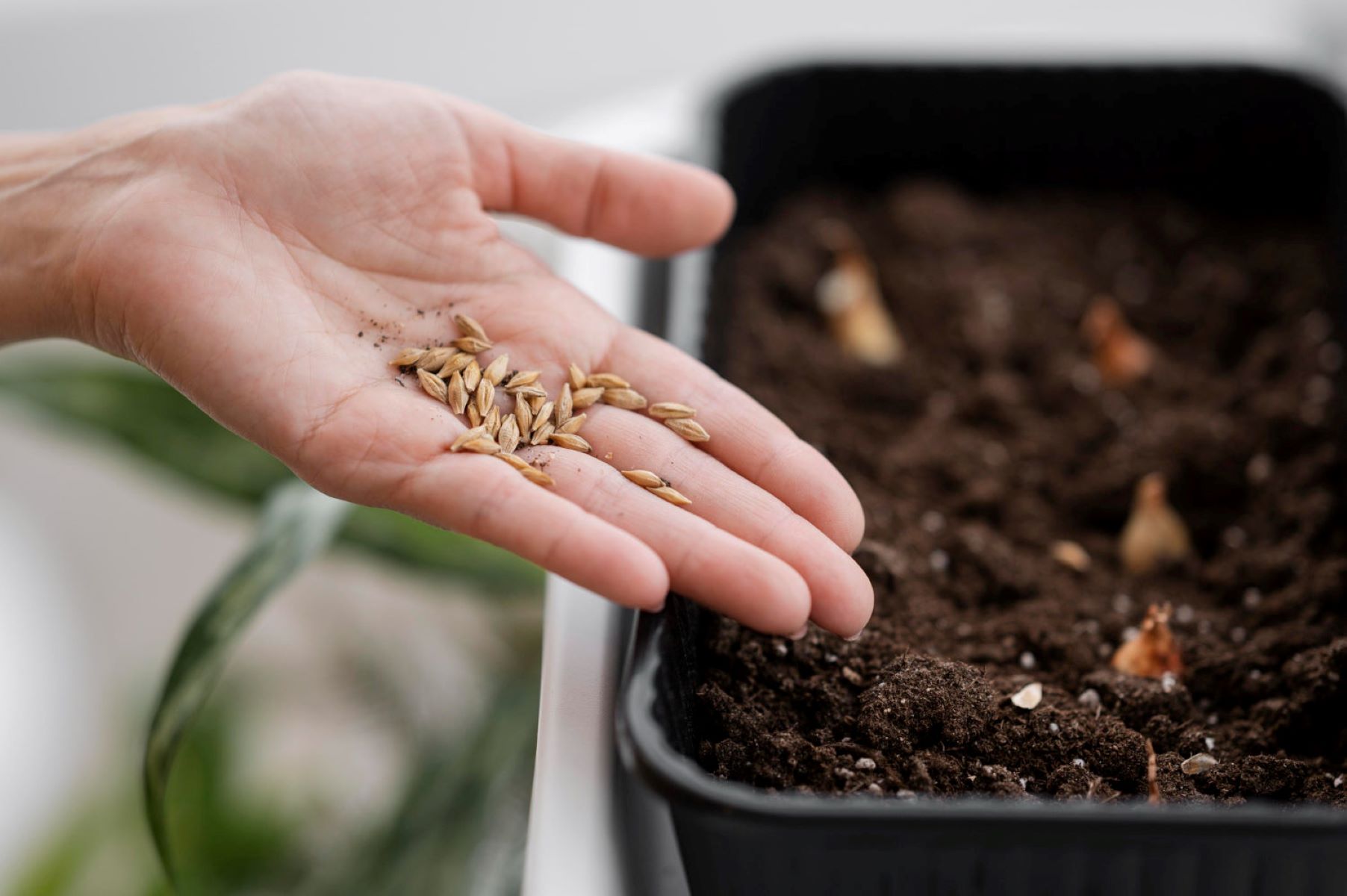
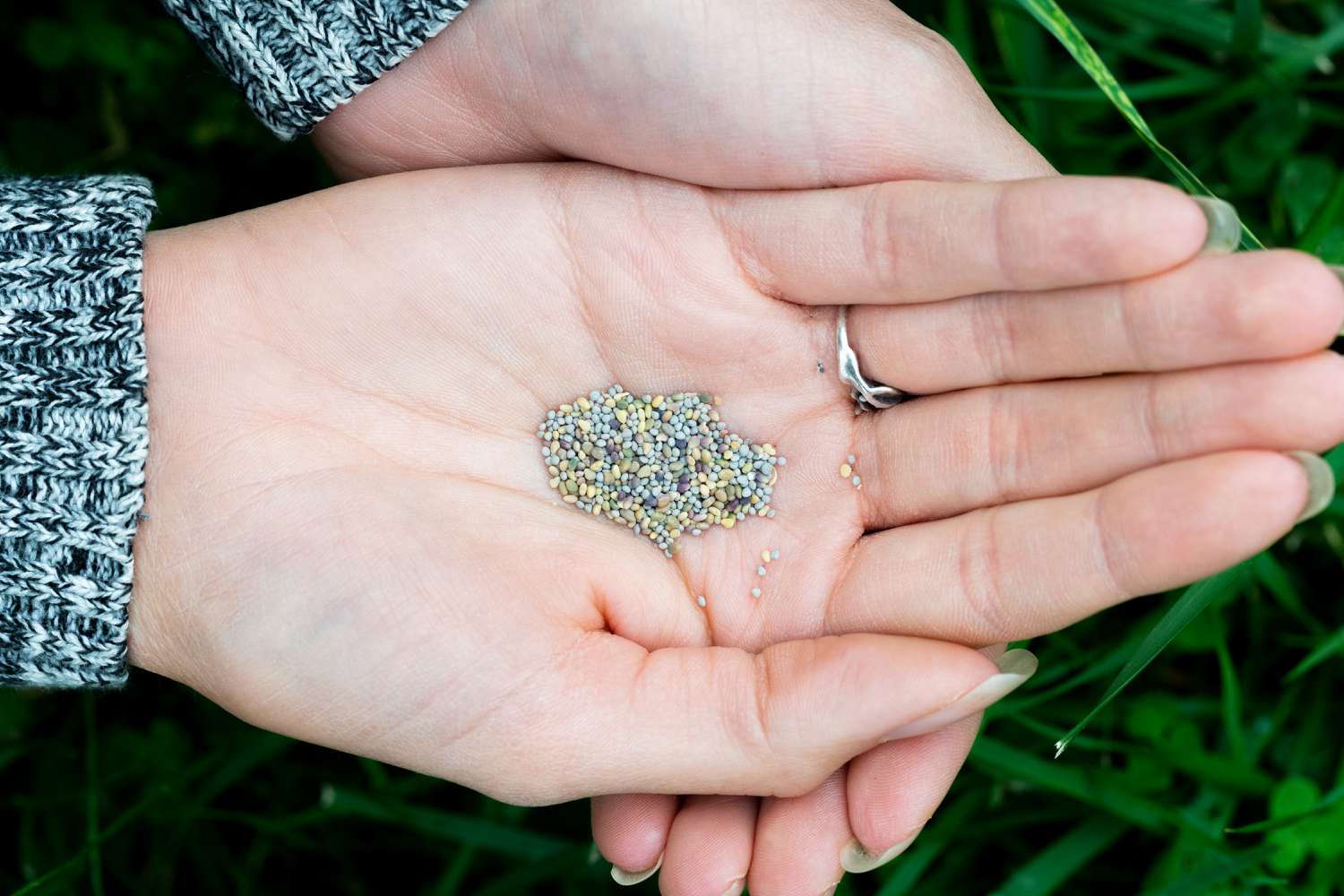
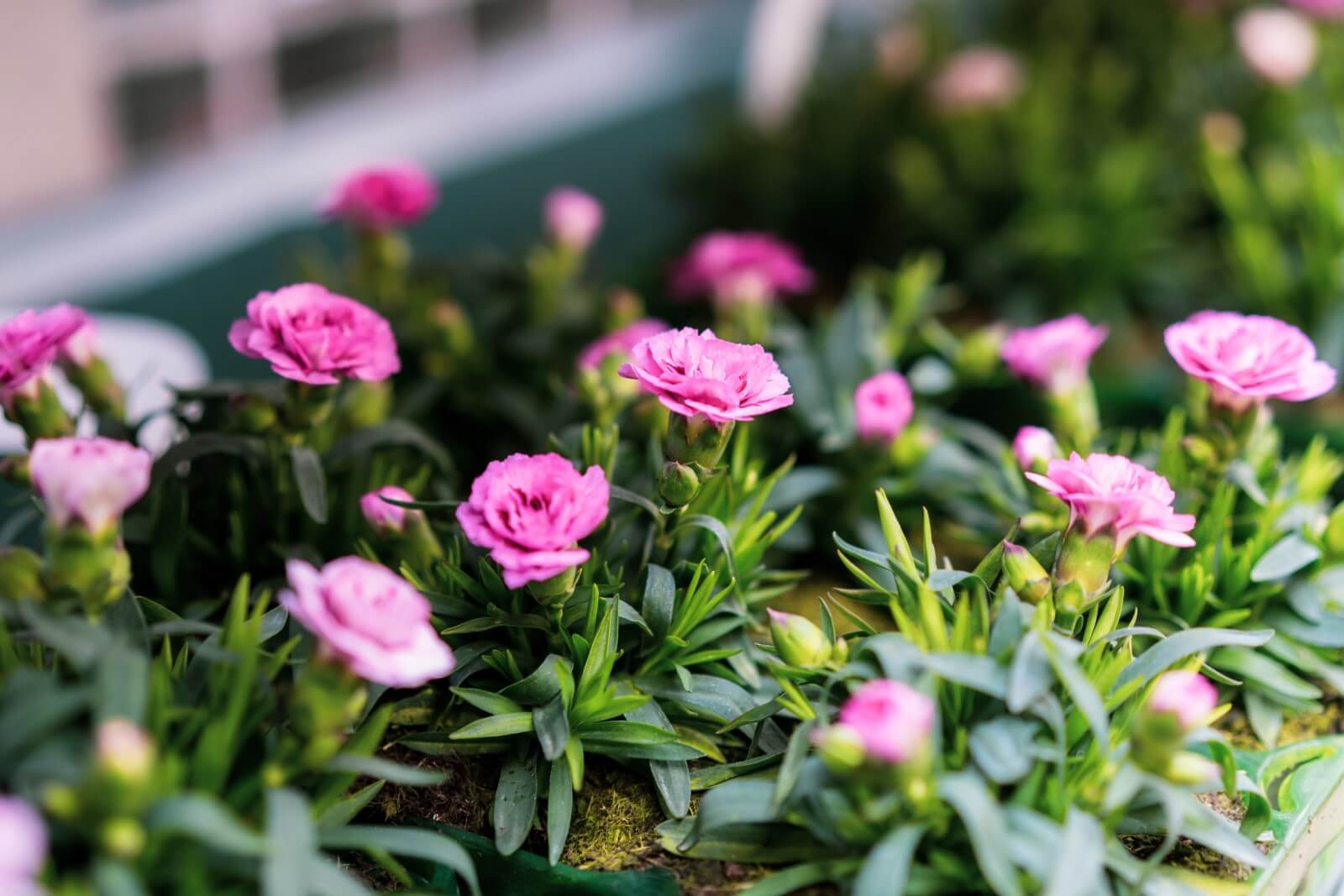
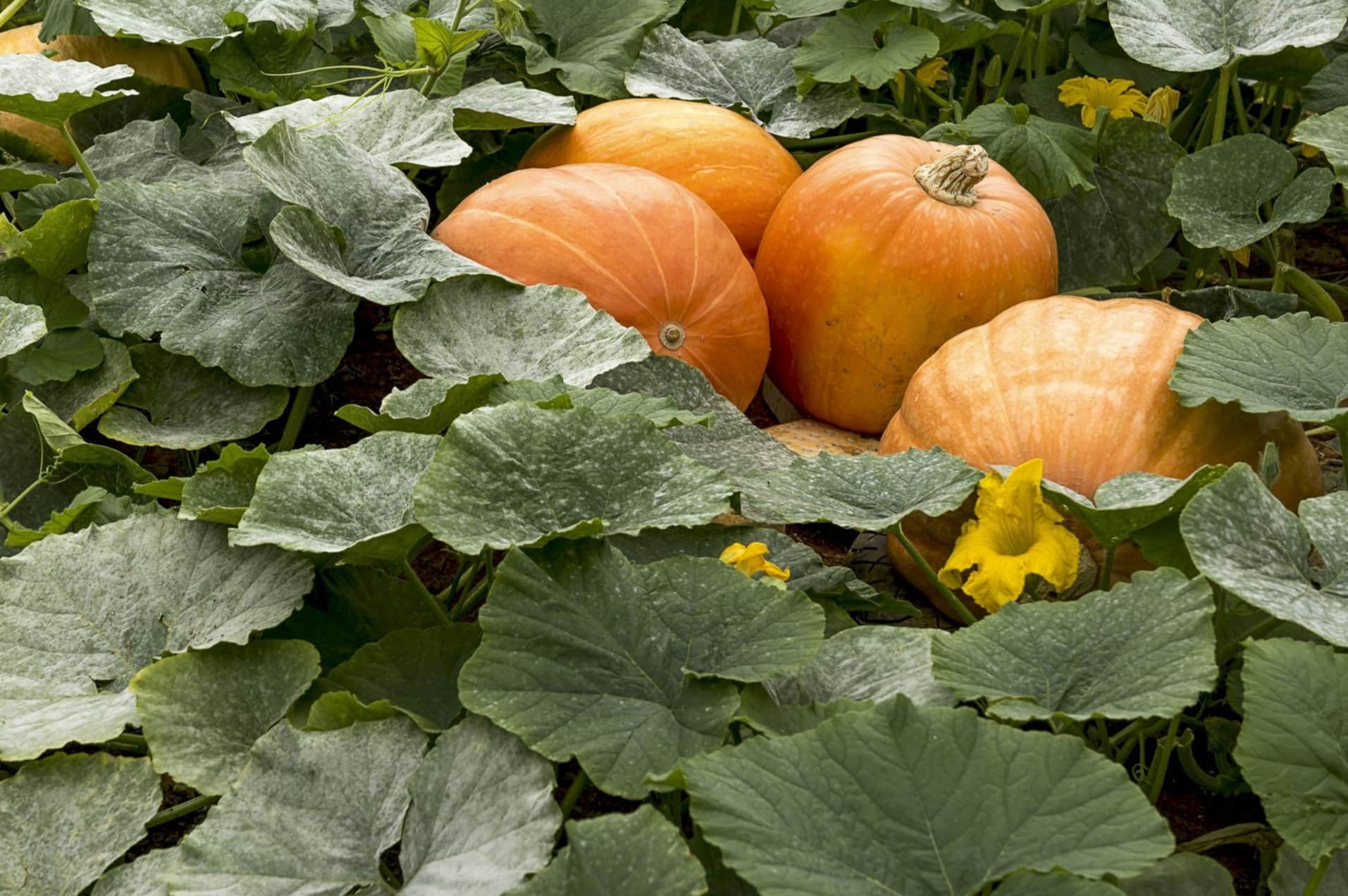
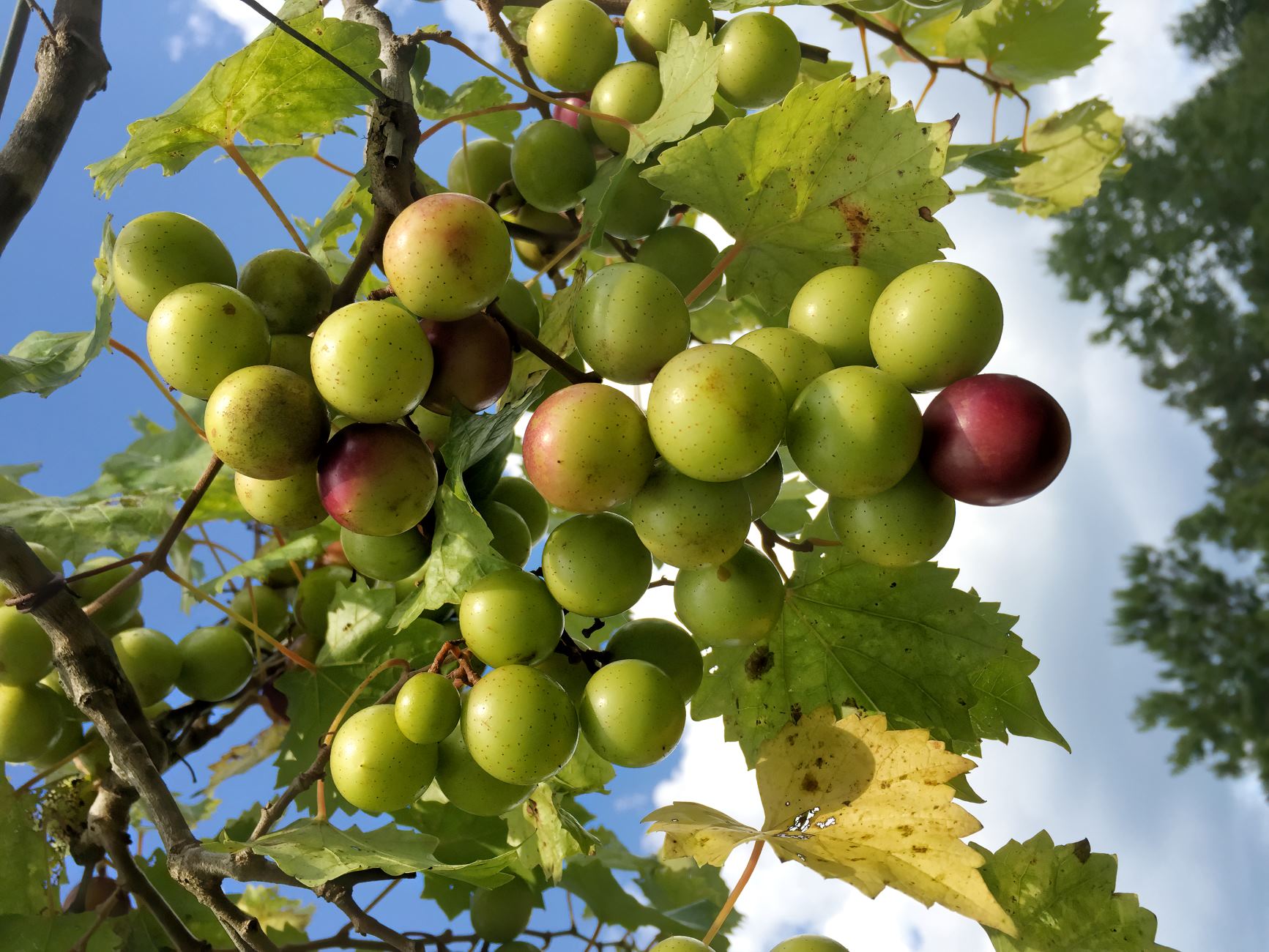

0 thoughts on “How To Store Seeds For Planting”